The clan association in Singapore is losing relevance with its roots and facing a crisis of dying out. While its premises – the shophouse – is one of the most identifiable typologies in Singapore, its programs typically lacks in the role of awakening local identity. The intervention in the shophouse complex between Club street and South Bridge Road aims to then, re-activate the Nam Sum Wui Koon- the clan association of Shunde in Guangdong Province, China. As Shunde is famous for its finest Cantonese cuisine, the strategy of conservation looks at inviting a culinary school of Shunde cuisine into the shophouse. It then encourages the locals to innovate local cuisine and revitalise their identity.
The clan association also forms a synergy with the traditional Chinese medicine shop, the goldsmith and the club that are its neighbour. In the cultural aspect, these shops have the same, or similar roots – they all related to the Chinese, and the Nanyang culture. In the experiential aspect, these shops are able to fulfill enjoyment from other methods and senses, and one expands their experience of culture to beyond taste and beyond cooking and eating in the culinary school.
The new roofscape and the new facades at the back, developed as part of the intervention, are then driven by the associated program. At the same time, the design follows a philosophy of harmony, like softness and hardness, the Yin-Yang and the Five Elements which are hidden in the Singaporean worldview. This shines especially, when the complex has multiple programs. The façade designed with the Five Elements in mind can align to the relevant program in the shophouses so that there is a cultural and special relationship between the interior, façade and the outdoor.


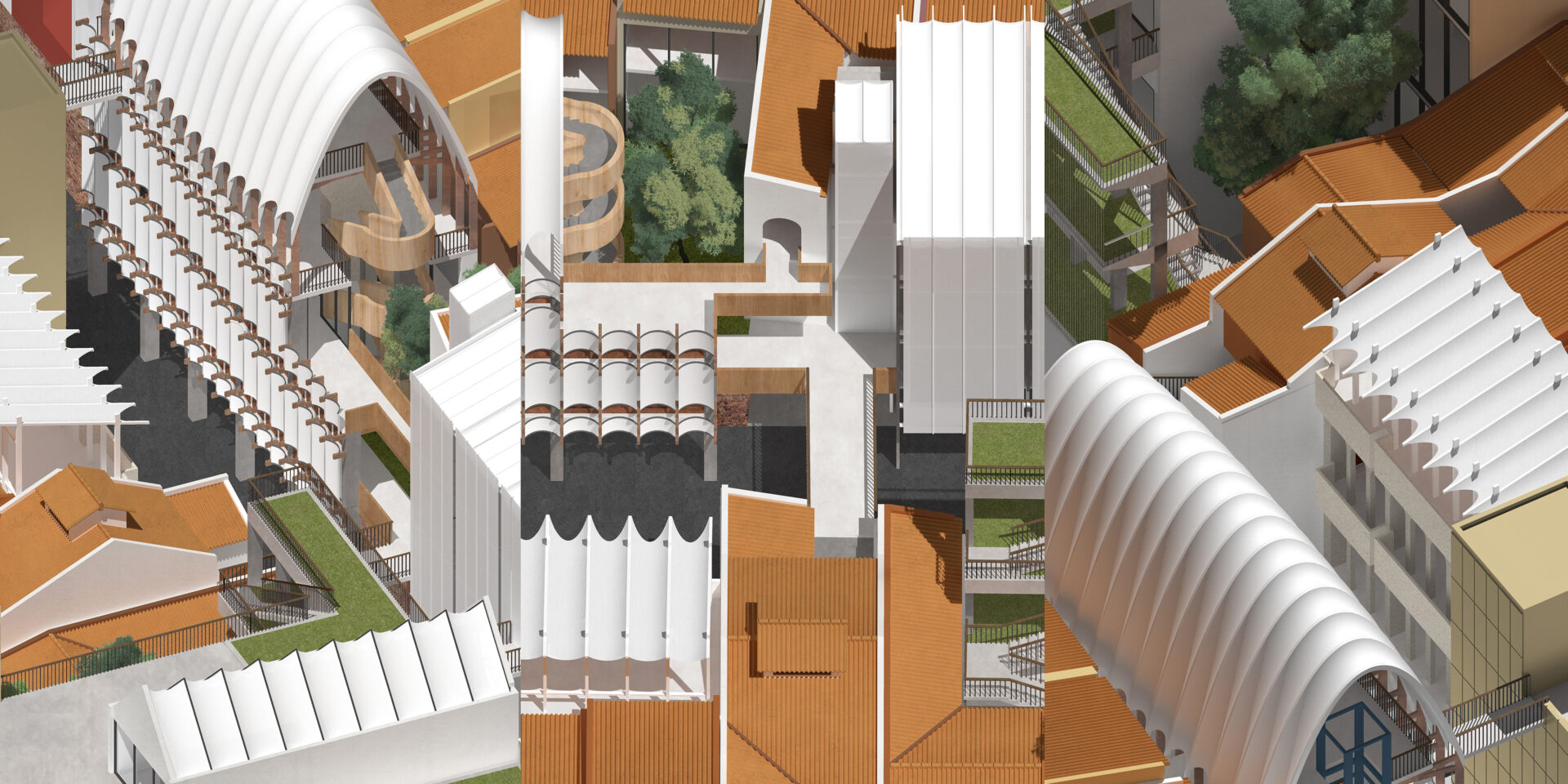
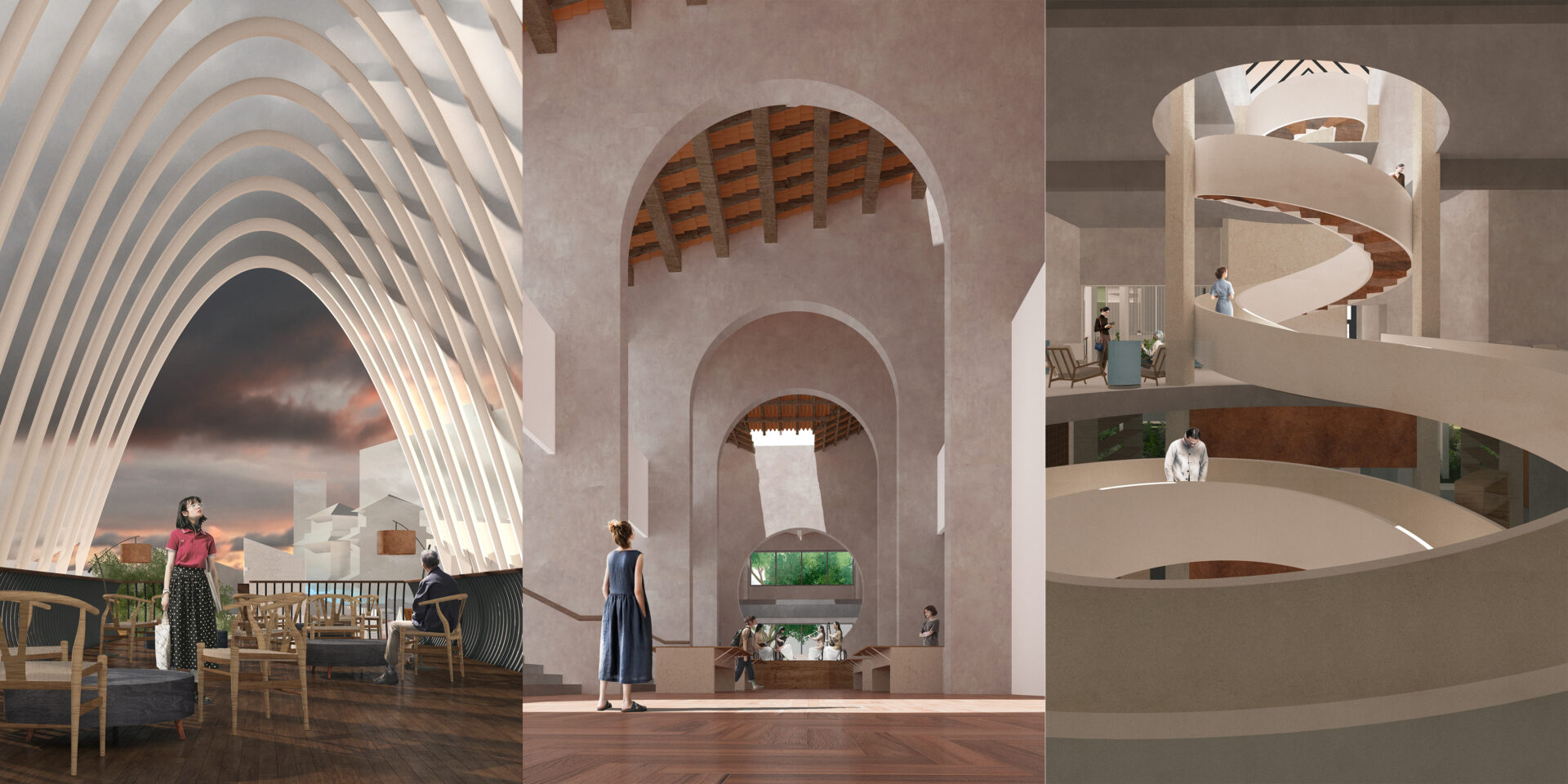
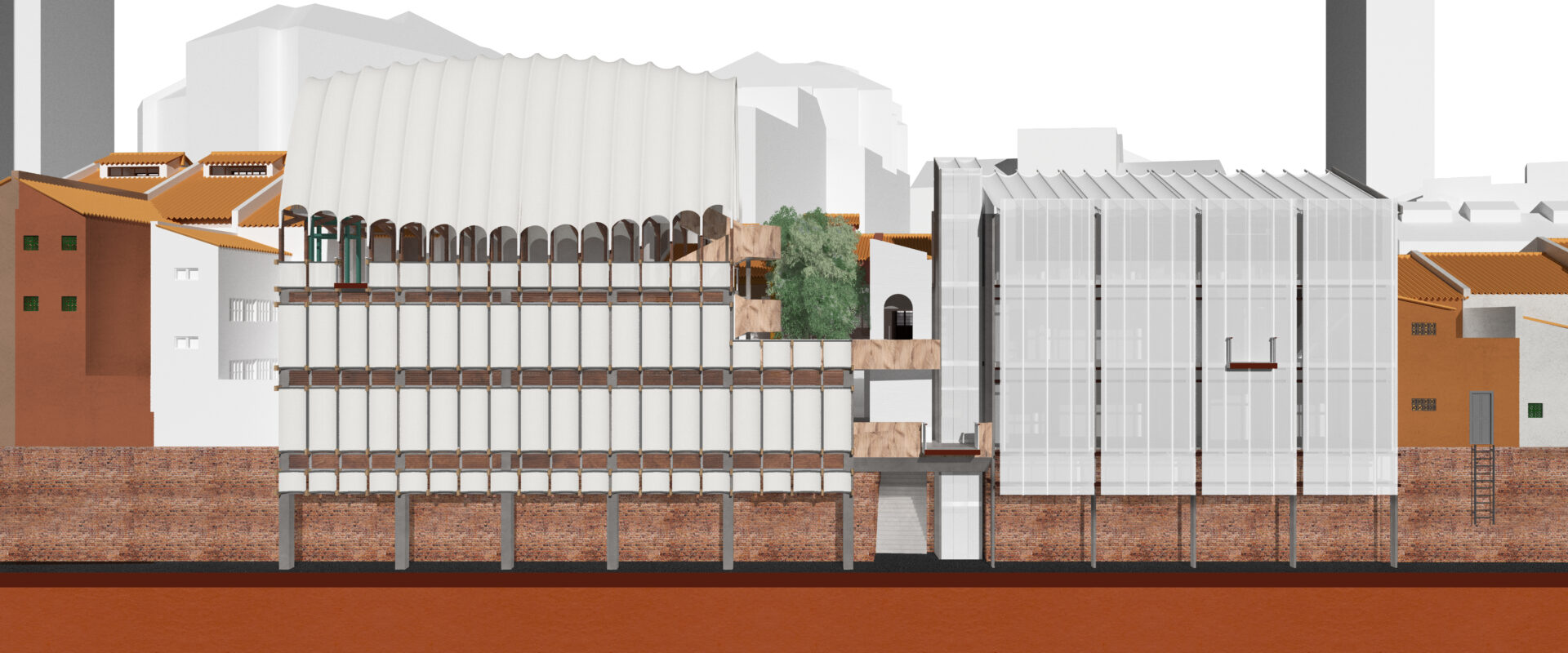


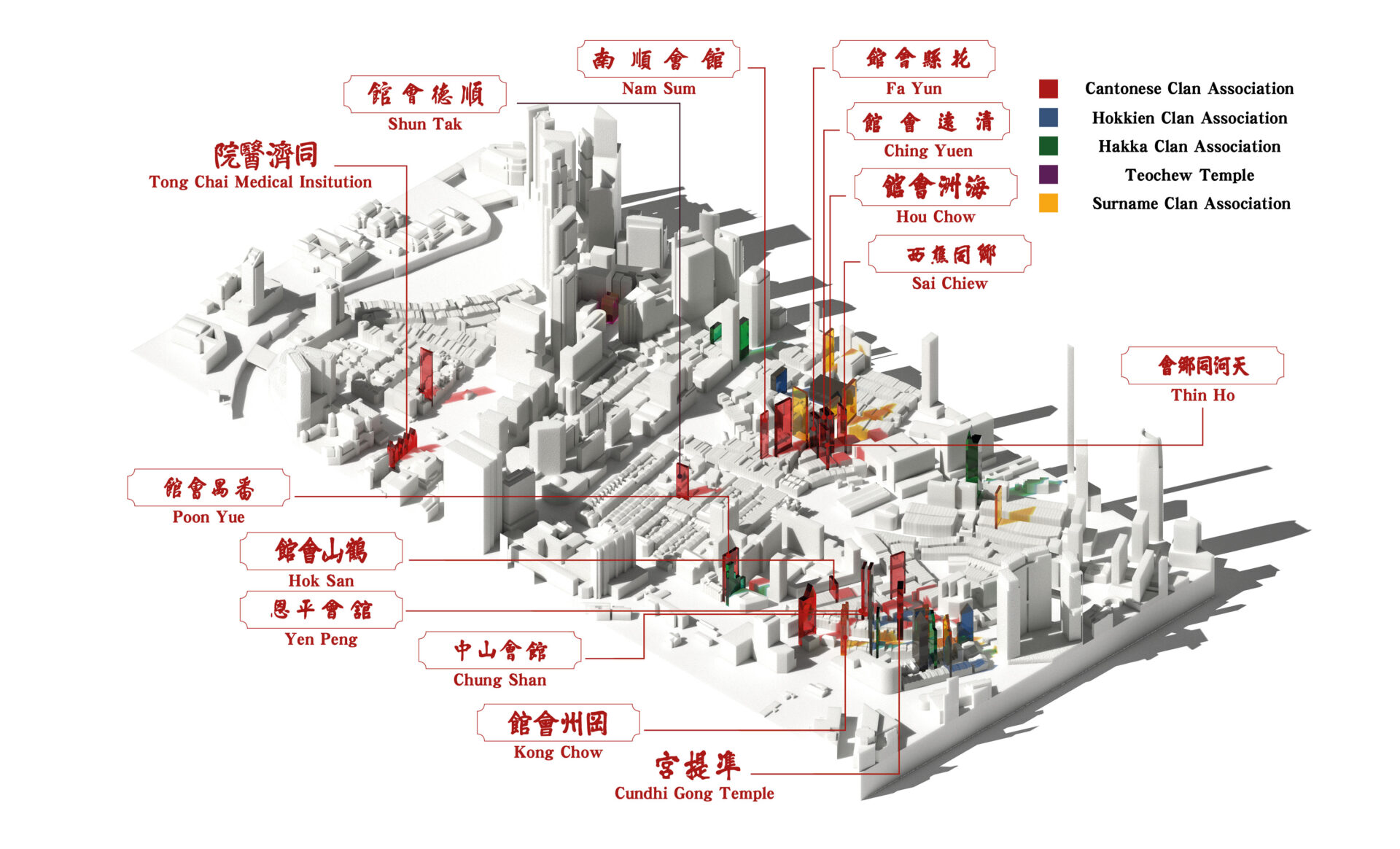
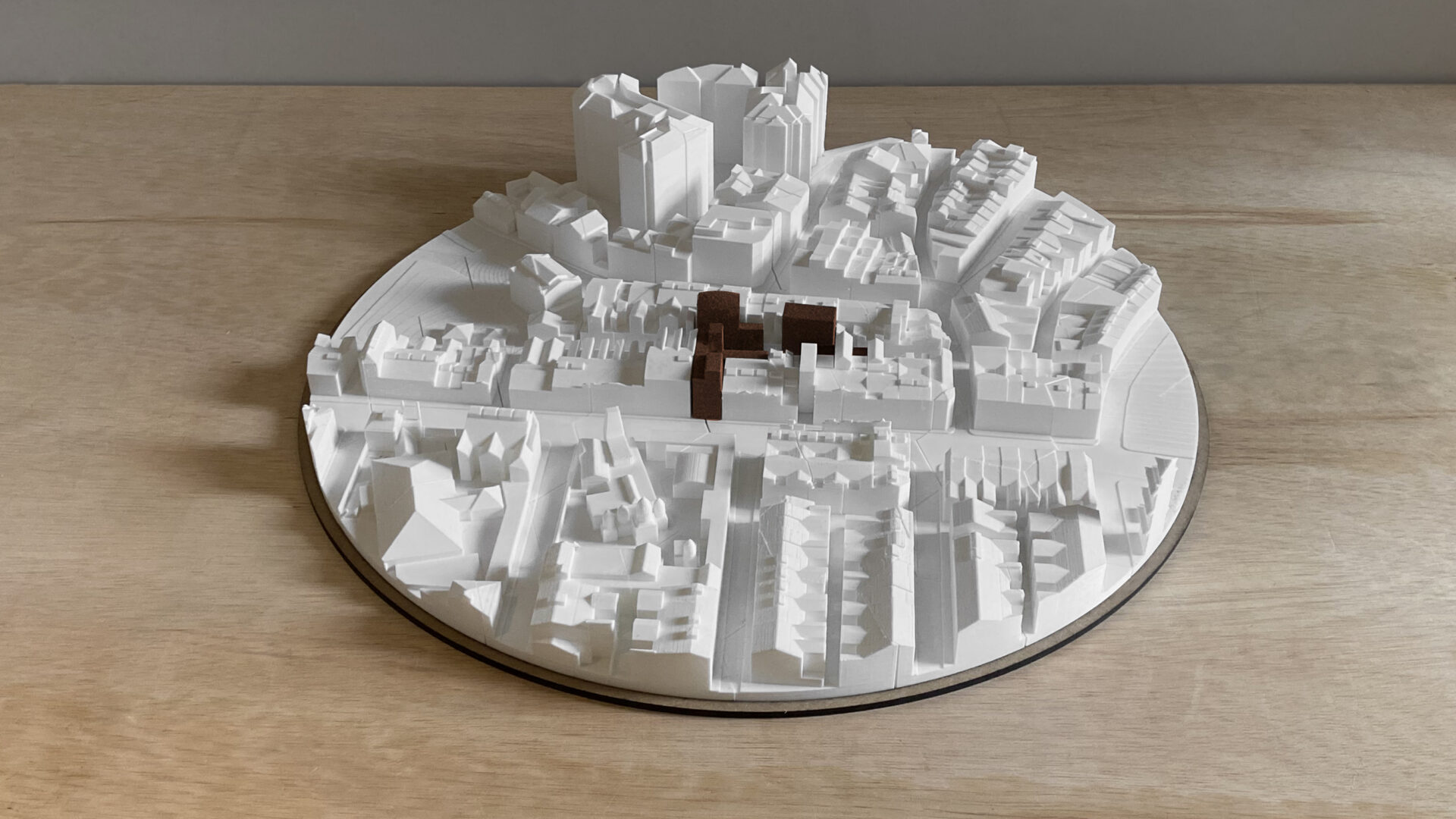
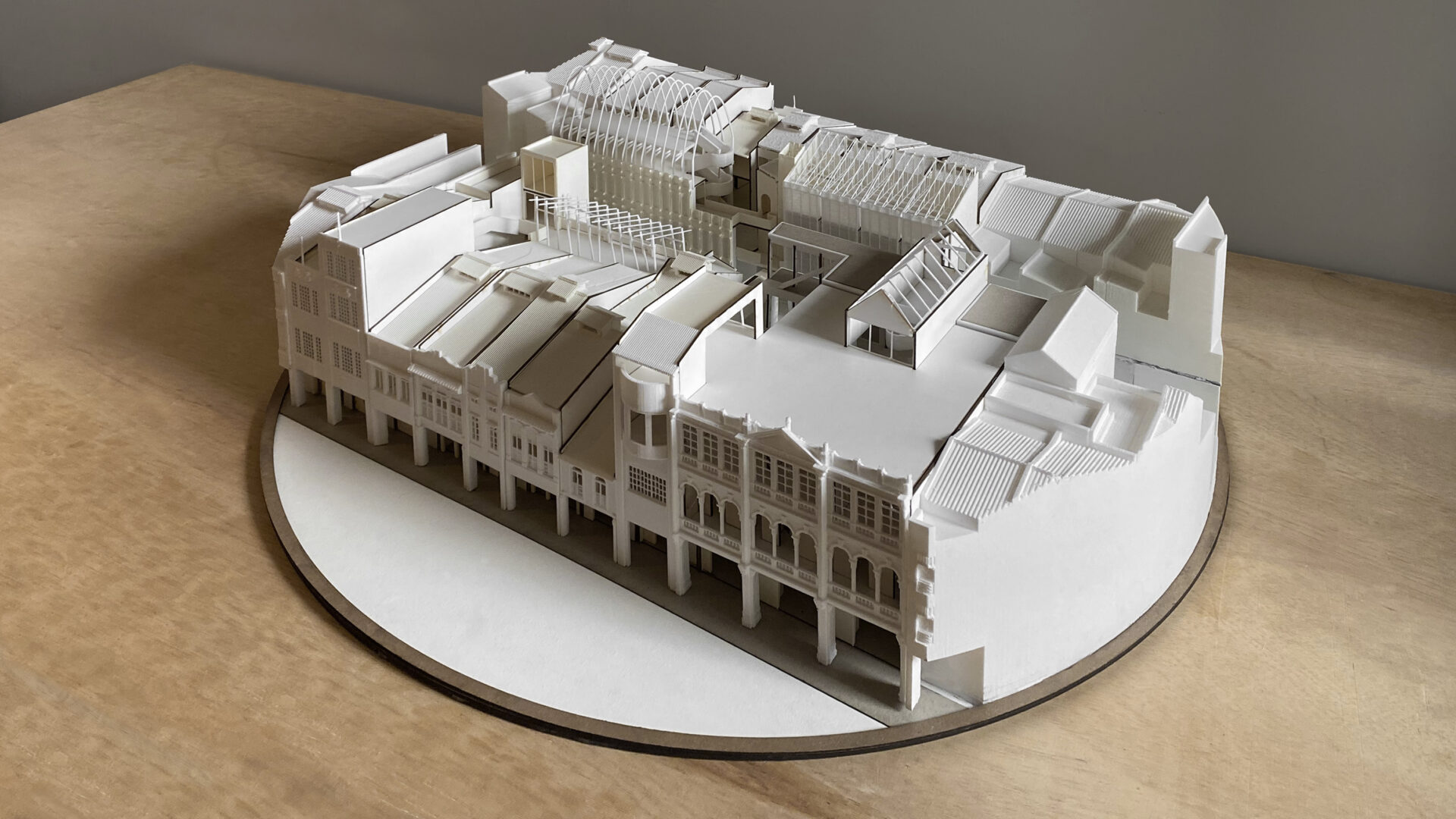
Supervisor's comments:
How to connect traditional culture to contemporary society and made it relevant to young people today? This might be an insurmountable task, but this project attempts to create architectural spaces that would be attractive to the current generation while maintaining the spirit and substance of traditional culture. Urban strategy of the project is well executed with the revitalization of the back lane and the connection of Club Street to South Bridge Road. Programming is also well crafted with introduction of relevant programmes such as Cantonese culinary school, clan club, to medicinal shop and farm. The architectural and spatial manifestations of these programmes responded well both to the urban conditions and the spirit of the preserved shophouses. The scheme also presents an alternative solution to urban renewal of historic district that promote memory, identity and urban experience.
- Prof. Ho Puay Peng (Dr.)